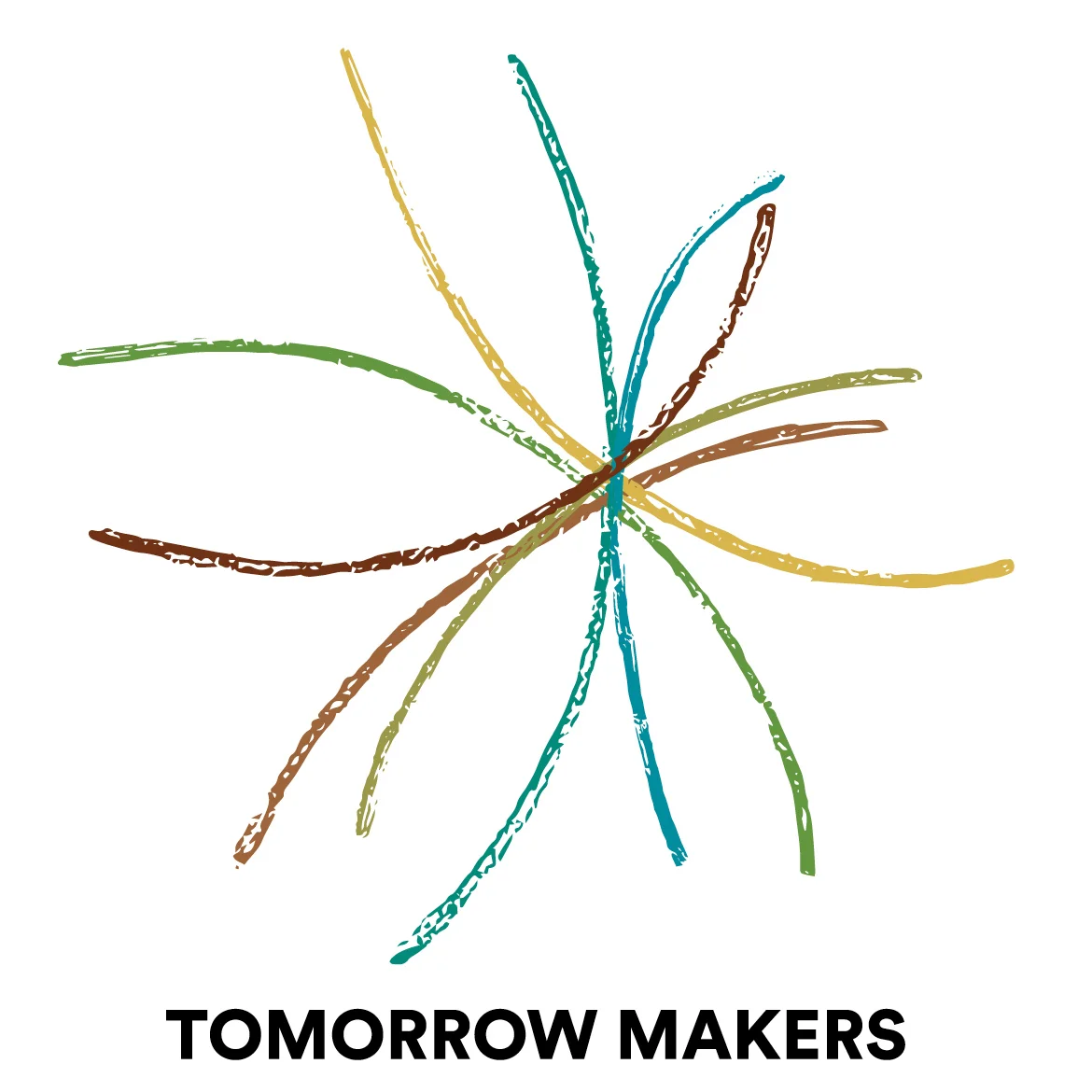Kind of Genius
/ Tucked near the back of the July issue of Wired, there is an article about two types, or classifications, of creative genius: conceptual and experimental. The article focuses on the research findings of David Galenson, who in 1997 "almost by accident" happened upon an observation which turned to curiosity turned to hypothesis and ultimately into theory. The creative class of conceptualists figure out what they want to create before they set out to create it. "The hallmark of conceptualists is certainty. They know what they want. And they know when they've created it." The vast majority of conceptualist geniuses, according to Galenson's research, peak at a relatively early age or stage in their careers, most often twenty- or thirty-somethings. Experimentalists are tinkerers, forever approaching a realization of an idea, never quite knowing when their work is finished. Coming to knowing rather than knowing. They are typically late-bloomers, producing their best work after years of playing with ideas, tinkering, toying, tweaking.
Tucked near the back of the July issue of Wired, there is an article about two types, or classifications, of creative genius: conceptual and experimental. The article focuses on the research findings of David Galenson, who in 1997 "almost by accident" happened upon an observation which turned to curiosity turned to hypothesis and ultimately into theory. The creative class of conceptualists figure out what they want to create before they set out to create it. "The hallmark of conceptualists is certainty. They know what they want. And they know when they've created it." The vast majority of conceptualist geniuses, according to Galenson's research, peak at a relatively early age or stage in their careers, most often twenty- or thirty-somethings. Experimentalists are tinkerers, forever approaching a realization of an idea, never quite knowing when their work is finished. Coming to knowing rather than knowing. They are typically late-bloomers, producing their best work after years of playing with ideas, tinkering, toying, tweaking.
Is it possible to think of organizations, communities and even civilizations in these terms?

